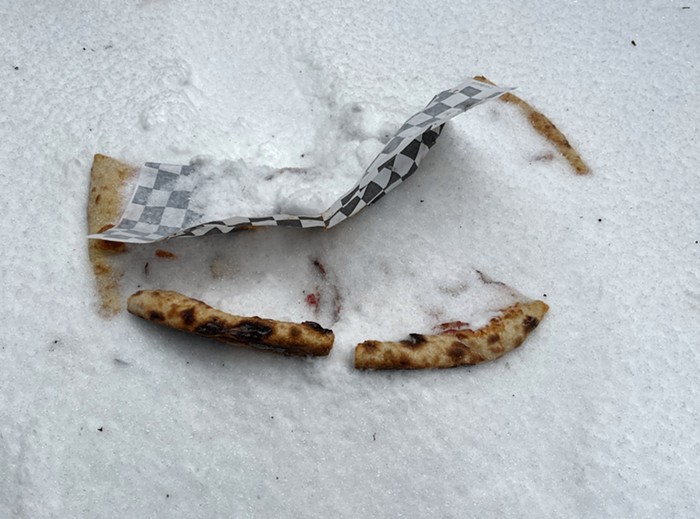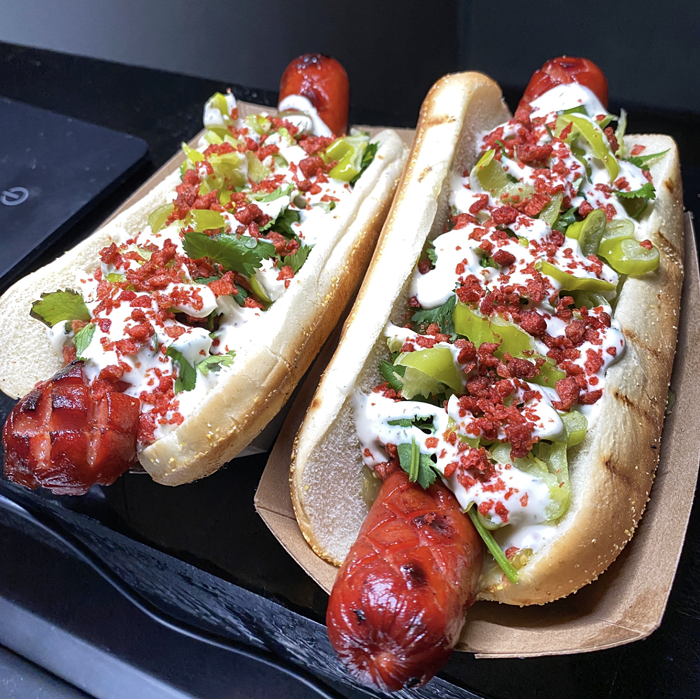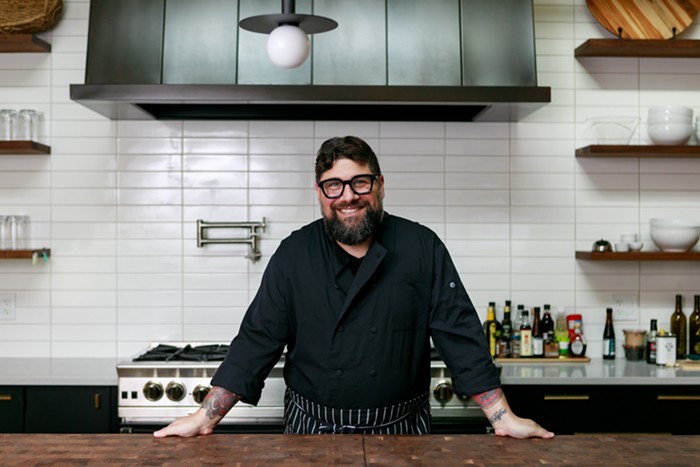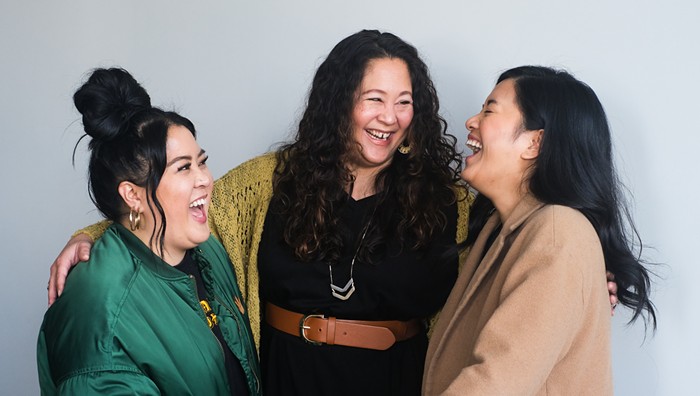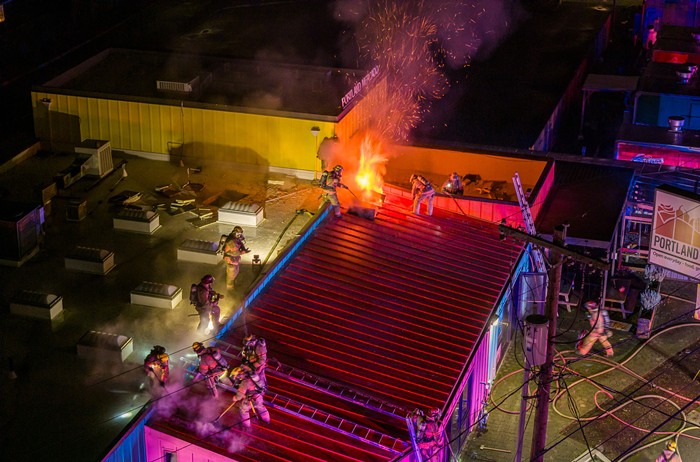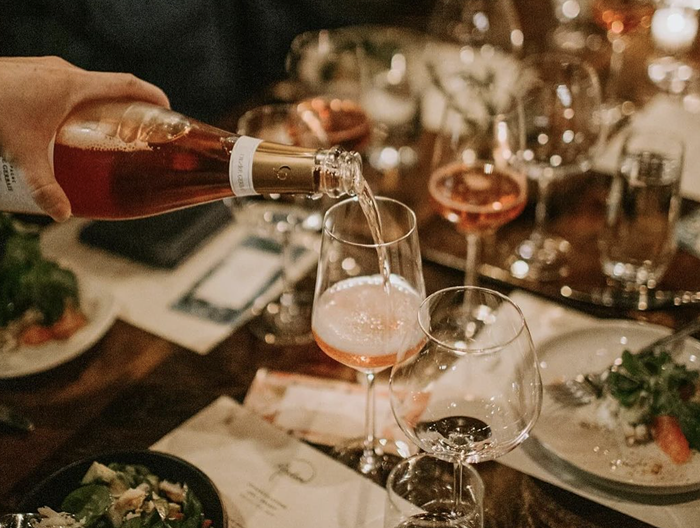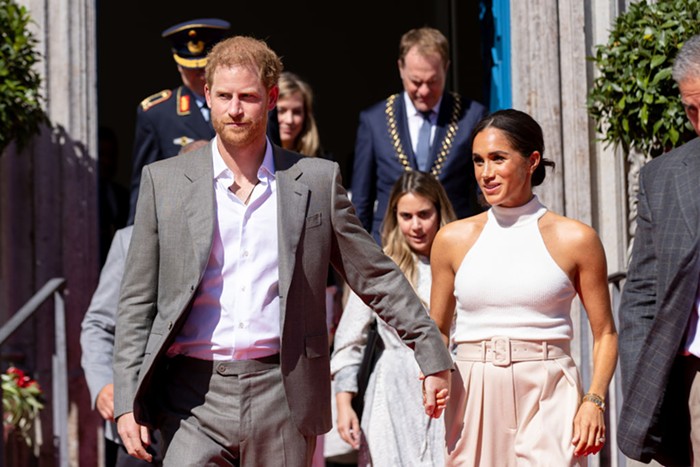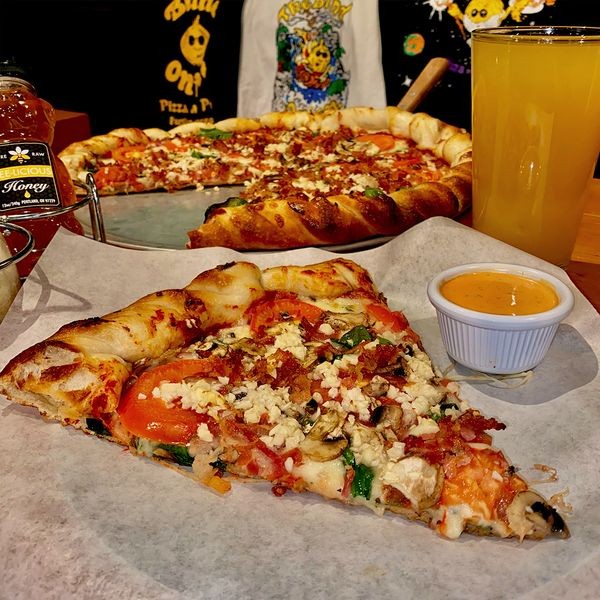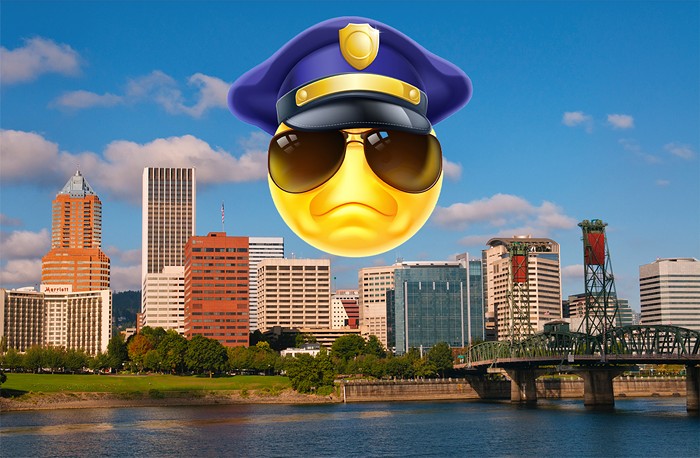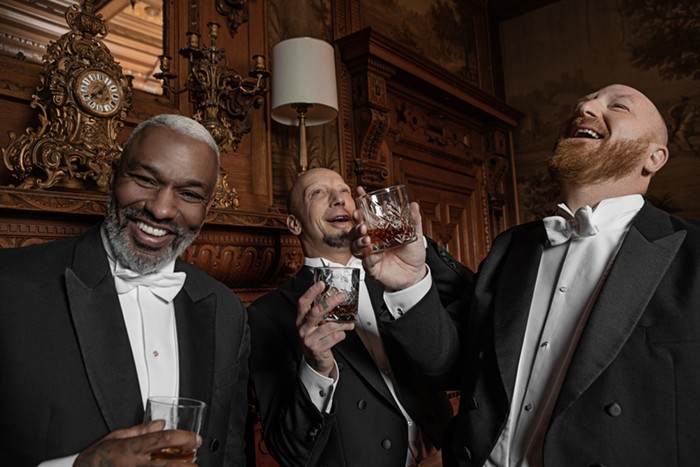By the time you read this, Oktoberfest will have come and gone. (It’s really more of a September thing.) But Oktoberfest beers can still be found on the shelves—if you look hard enough—and their malty, hearty qualities are good for drinking all autumn long.
But you will have to look. Once the dominant seasonal beer of fall, the Oktoberfest style has been sidelined in favor of other end-of-summer brewing trends that have recently boomed in popularity, namely the welcome phenomenon of fresh hop beers to capitalize on the hop harvest, and the disappointingly persistent trend of pumpkin beers, most of which are nutmeg-laden soups intended for people who don’t really like beer.
All of this autumnal competition has meant less and less shelf space for Oktoberfest beers. Some brewers—like Widmer, who brewed an annual fall beer called “Okto”—seem to have abandoned the style altogether. We went hunting for Oregon-bottled beer made in the Oktoberfest/Märzen* style and didn’t find very many, but here’s our appraisal of what’s made it to shelves.
Heater Allen Bobtoberfest
Named after Heater Allen head brewer Rick Allen’s brother, Bobtoberfest has earned high marks. It’s so well regarded, in fact, that it’s the highest rated Oktoberfest-style beer on Ratebeer.com. We didn’t like it as much as that ranking would suggest, but found plenty of good qualities in its malty, buttery flavors and mild, slightly musty aroma. The beer poured a strikingly clear copper color, and like Heater Allen’s other beers, had a bold, slightly metallic underpinning to the flavor. In this particular instance, it felt a little too aggressive.

Hopworks Mt. Angel Volksbier
This “Bavarian session ale” was brewed specifically by Hopworks for Mount Angel’s big annual Oktoberfest celebration, and judging from its pale, cloudy gold color, it’s designed to be a newer-model “fest”-style brew. But it’s brewed using ale yeast instead of lager yeast, which gives it a big fruity yeast flavor, very different from the clean, almost invisible flavors found in German-made Oktoberfest lagers. We found this to basically be a big, brash blonde ale, with a lingering hop bitterness that clashed with our idea of the style.
Occidental Festbier
Now we’re talking. This dark copper lager boasted a nice, juicy malt flavor and a light caramel sweetness that was perfectly in line with our platonic ideal of the style. Its strengths included almost cake-like sweetness tempered by a trace of grassy hops. This was easily the best of the bunch.
Zoiglhaus Zoigl-Fest
We liked this one quite a bit, too, and the subtleties in its flavor worked wonderfully with its soft, creamy texture and dusky copper color. A slight but persistent malt sweetness contrasted with the hops, which didn’t really add bitterness but stuck a punctuation mark at the end of each sip, cutting off the flavor instead of letting it linger too long.
Ninkasi Oktoberfest
This was the only Oktoberfest-style beer made in Oregon that we could find sold in six-packs at the grocery store, and therefore deserves commendation for sheer accessibility. It poured a dull gold, with the maltiness of the style rejiggered to fit the beer’s considerable Pacific Northwest hoppiness. There was a raw, wet-forest quality that made this an unmistakably Oregonian, and if that pushed some of the German style guideposts aside, it still worked on its own terms.
Pelican Bronze God
Part of Pelican’s Lone Pelican Small Batch Series, this was a weird one that we nevertheless liked quite a bit. Labeled a “Märzen-style lager,” it poured a ruddy copper color with a tall, ocean-foam head. The aroma and flavor, however, were dominated by assertive hints of leather and pepper, making this intriguingly weird. The hops were subtle and spicy with some wildflower tanginess. Maybe this isn’t your typical Oktoberfest beer, but we liked it.
*Confusing nomenclature alert! Oktoberfest beers are also called Märzen, the German word for the month of March. Historically these strong, malty beers were brewed in March, then cellared all summer long, to be brought out for harvest celebrations. Today, a different, lighter style of beer is actually poured at Munich’s Oktoberfest—in the US they’re sometimes labeled as “fest” beers—and German brewers typically make the older, darker style for export. Most US-brewed Oktoberfests and Märzens follow that older template and are brown, malty, and slightly strong, although some lighter examples can be found. If you do see a German-brewed “fest” beer in the modern, lighter style, grab it—these wonderfully drinkable lagers don’t often make it all the way to the West Coast.
